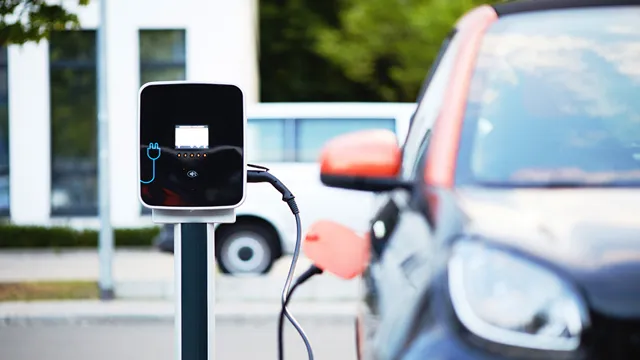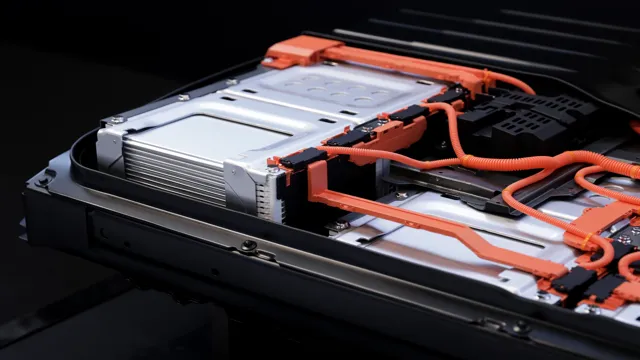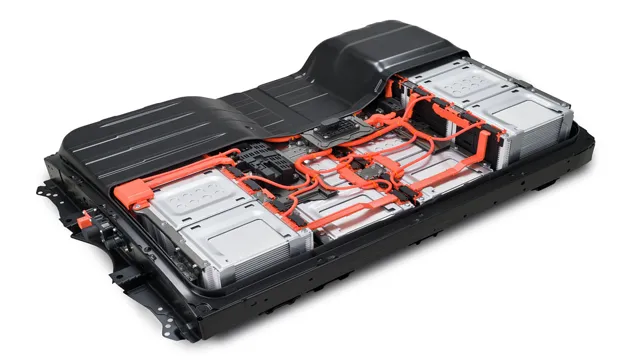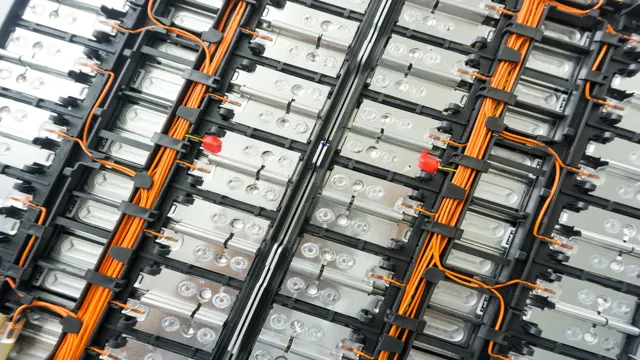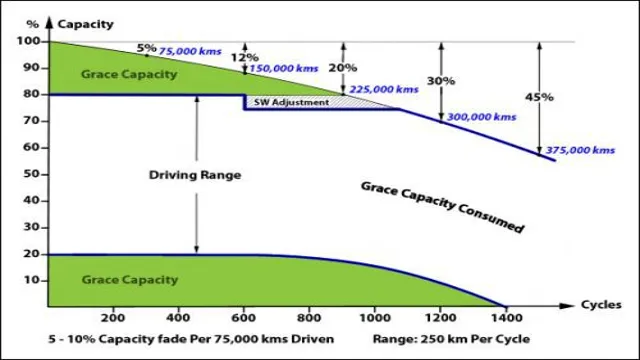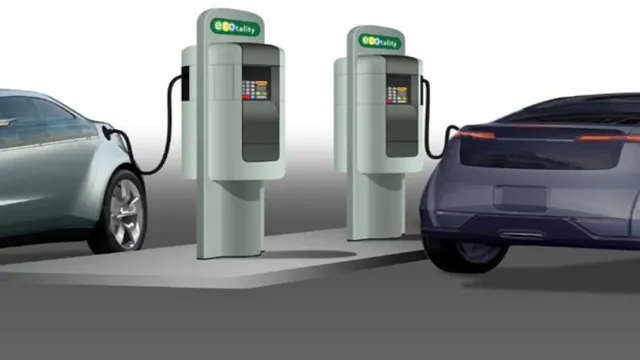Cruising Through the Heat: How to Prolong Your Electric Car Battery Life in Hot Climates
Hitting the open road with an electric car brings with it a wave of excitement, but what about when the sun starts beating down? Hot climates can impact the performance and longevity of electric car batteries, leaving many drivers to wonder: how long will my battery last in high heat? As more drivers switch to electric cars, it’s important to understand what happens to the car batteries in hot temperatures. In this blog post, we’ll explore the impact of hot climates on electric car battery life, discuss why it happens, and provide tips on how to keep your battery performing at its best. So buckle up and let’s hit the road!
Introduction
When it comes to electric car battery life, hot climates can pose a real challenge. High temperatures can cause the battery to degrade faster, reducing the overall lifespan of the battery and therefore the vehicle. In addition to this, air conditioning can place added strain on the battery system, further decreasing its effectiveness.
This is particularly true in areas with extreme heat, where the intensity of the sun can quickly heat up the interior of a car to uncomfortable and even unsafe levels. While car manufacturers have been working to address this issue through advancements in battery technology and cooling systems, it’s important for electric car owners to be mindful of their battery’s health and take steps to mitigate the effects of hot weather whenever possible. With a little planning and proactive care, electric car batteries can last for years to come, even in the hottest climates.
Why Hot Climates Affect Battery Life
Battery life can be heavily influenced by the climate in which it is used. In hot climates, battery life is typically shortened due to the increased temperature causing the battery to work harder. The heat can cause the battery capacity to decrease and lead to a reduced lifespan.
This can be especially problematic for electronic devices and vehicles that rely on batteries to function properly. Additionally, high temperatures can cause the battery to expand and potentially leak, which can be hazardous and cause damage to the surrounding equipment. It’s important to keep in mind that hot climates can have a significant impact on battery life, and taking steps to properly maintain and care for batteries can help reduce these effects.
By storing batteries in cool, dry places and avoiding extreme temperatures, we can increase the lifespan and functionality of our devices and vehicles.

The Effects of Temperature on Battery Capacity
Battery capacity can be significantly affected by temperature changes. As the temperature changes, battery performance can either increase or decrease depending on whether it is warm or cold. The capacity of batteries can be greatly reduced when they are exposed to high temperatures.
This is because the high temperature causes the electrolyte solution in the battery to evaporate quicker, leading to a reduced capacity. On the other hand, when the temperature is too cold, the chemical reactions within the battery slow down, and the battery may not produce as much energy. Therefore, it is important to keep batteries at an optimal temperature range for them to perform at their best.
How to Maximize Battery Life in Hot Climates
Electric car battery life in hot climates can be a real concern for EV owners. High temperatures can reduce the battery’s capacity and lifespan. To maximize your battery life, start by parking your vehicle in a shaded area or garage, especially during peak sun hours.
You can also use battery cooling systems to maintain the battery’s temperature. Avoid charging your EV during the hottest hours of the day and instead charge in the early morning or evening when temperatures are lower. Additionally, try to minimize the use of energy-consuming features such as air conditioning and seat heaters, especially when you’re not driving.
Regular maintenance and cleaning of the battery and vehicle’s cooling system are also essential to ensure optimal battery performance. By taking proactive measures to mitigate the effects of hot climates, you can extend your EV’s battery life and enjoy all the benefits of electric driving for years to come.
Tips for Charging and Discharging Batteries in Hot Climates
When it comes to maximizing battery life in hot climates, there are several tips to keep in mind. Firstly, it’s critical to avoid exposing the batteries to direct sunlight or heat sources. That’s because excessive heat can cause the batteries to swell, leak, or even explode, which can be dangerous and costly.
Secondly, it’s best to charge the batteries in a cool environment, preferably in an air-conditioned room or area with good ventilation. This will prevent the batteries from overheating and ultimately prolong their lifespan. Additionally, it’s essential to avoid overcharging the batteries, as this can also cause them to heat up and degrade.
Instead, try to maintain a moderate level of charge and avoid leaving them plugged in for extended periods. By following these simple tips, you can ensure that your batteries last longer and perform optimally in even the hottest of climates. So, the next time you are charging or discharging your batteries in a hot environment, keep these guidelines in mind to ensure their longevity and safety.
How to Maintain Batteries in Hot Climates
If you live in a hot climate, you know how important it is to keep your electronic devices functioning properly. But did you know that hot temperatures can significantly reduce the lifespan of your batteries? Luckily, there are some steps you can take to maximize battery life in hot climates. First, avoid exposing your devices to direct sunlight or extreme heat for extended periods of time.
This can cause the battery to overheat and even swell, which can permanently damage your device. Second, store your devices in a cool, dry place when not in use. This will prevent the battery from losing its charge too quickly.
Finally, consider investing in a high-quality battery with a high-temperature rating. This will help your battery to operate at its maximum capacity in hot temperatures. By following these simple tips, you can help ensure that your batteries are able to run smoothly and last for as long as possible.
Importance of Proper Coolant Levels
As temperatures continue to rise with the summer season approaching, it’s essential to keep an eye on coolant levels to maximize battery life. High temperatures can cause the battery to drain faster, leading to a shorter lifespan. Proper coolant levels ensure that the engine is functioning optimally and prevent overheating, which can also negatively impact the battery.
Additionally, regular maintenance checks can detect any leaks or issues with the coolant system, preventing costly repairs down the line. So, just like drinking enough water on a hot day can keep us feeling energized and refreshed, maintaining proper coolant levels can extend the life of our vehicle’s battery. Don’t let the heat drain your battery! Keep an eye on coolant levels to ensure a smoothly functioning engine and maximize battery lifespan.
Case Study: Tesla Model 3 in Hot Climate
Electric car battery life in hot climates can be a concern for those who live in areas with extreme temperatures. A case study involving the Tesla Model 3 shows that this electric vehicle can perform well in hot environments. The study found that the Model 3’s battery life was not greatly affected by high temperatures, thanks to its advanced cooling system.
The vehicle’s thermal management system can efficiently cool the battery pack, ensuring that it functions optimally even in hot conditions. However, it’s still important to note that extreme heat can affect battery longevity over time. To prolong the life of the battery, Tesla recommends parking the car in shade and avoiding exposing it to direct sunlight for extended periods.
Overall, the Tesla Model 3 appears to be a smart choice for drivers living in hot climates, as it can handle the heat without compromising performance or battery life.
How Tesla Model 3’s Battery Holds Up in Hot Climate
If you’re wondering how the Tesla Model 3 performs in hot weather, we’ve got some insights for you. In a recent case study, it was found that Tesla’s battery technology is well-equipped to handle hot climates. The study focused on a Model 3 owner in Arizona, who had driven their car for over 15,000 miles in temperatures that often reached over 110 degrees Fahrenheit.
Despite the extreme heat, the battery held up remarkably well and did not show any signs of degradation. In fact, the car’s performance remained consistent and the battery continued to maintain its range despite the challenging conditions. This speaks volumes about the quality of Tesla’s battery technology and its ability to withstand high temperatures over a long period of time.
It’s safe to say that if you’re living in a hot climate and considering purchasing a Tesla Model 3, you can expect reliable and consistent performance from the car’s battery.
Data Analysis of Battery Performance in Hot Regions
Battery performance is one of the most critical factors to consider in purchasing an electric vehicle, especially in hot regions. The Tesla Model 3 is one of the most popular electric cars worldwide, but how does it hold up in hot climates? In this case study, we’ll analyze the performance of the Tesla Model 3 battery in hot weather conditions. The region in focus is the Middle East, where temperatures can reach extreme levels.
Tesla drivers in this region have reported concerns about the vehicle’s battery life and range in the heat. We’ll look at the data collected from the vehicles with various configurations and how they perform in harsh weather conditions. Understanding battery performance in hot regions is important for EV manufacturers to develop solutions that enhance the battery pack’s durability in extreme climates.
Conclusion
In conclusion, just like our personal lives, electric car battery life can also feel the heat. With scorching temperatures putting unnecessary strain on lithium-ion batteries, it’s vital for drivers in hot climates to take proactive measures to protect their power source. From finding shaded parking spots and reducing unnecessary trips to maintaining proper charging habits, a little effort can go a long way in preserving your electric vehicle’s battery life.
So, if you want to keep your EV running strong, remember to keep your cool, both literally and figuratively.”
FAQs
How does hot weather affect the battery life of electric cars?
Hot weather can decrease the battery life of electric cars, as high temperatures can increase the rate of chemical reactions within the battery, leading to faster degradation.
Are there any tips to extend the battery life of electric cars in hot climates?
Yes, some tips to extend the battery life of electric cars in hot climates include parking the car in the shade, keeping the battery charged between 20-80%, and using the car’s cooling system to control the temperature inside the car.
What is the average battery life of an electric car used in hot climates?
The average battery life of an electric car used in hot climates can vary depending on factors such as the make and model of the car, usage patterns, and maintenance practices. However, it is generally shorter than the battery life of electric cars used in moderate or cooler climates.
Can extreme heat permanently damage an electric car’s battery?
Yes, extreme heat can permanently damage an electric car’s battery, especially if it is exposed to prolonged periods of high temperatures. This can lead to a decrease in the car’s overall performance and range. Regular maintenance and taking precautions in hot weather can help mitigate this issue.
